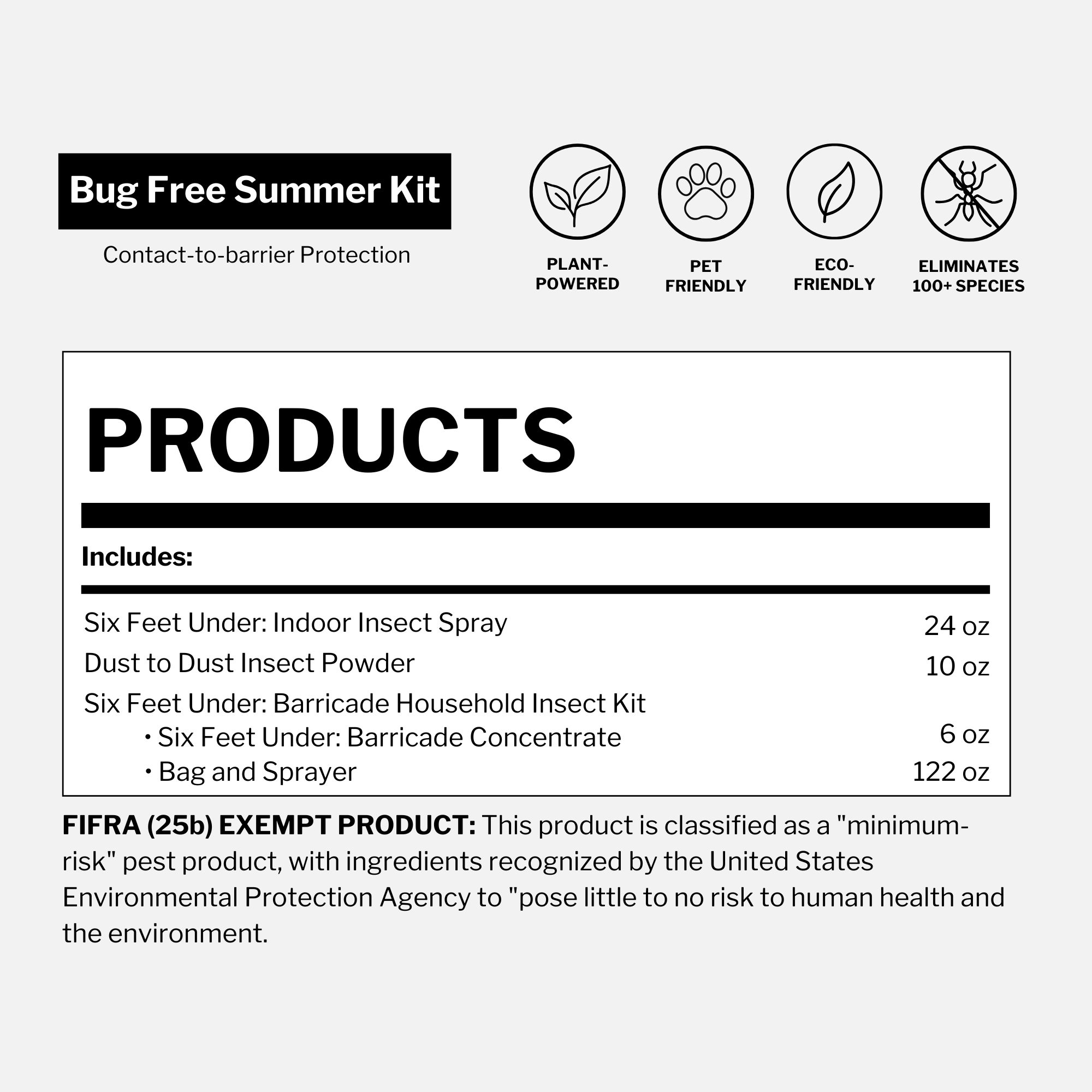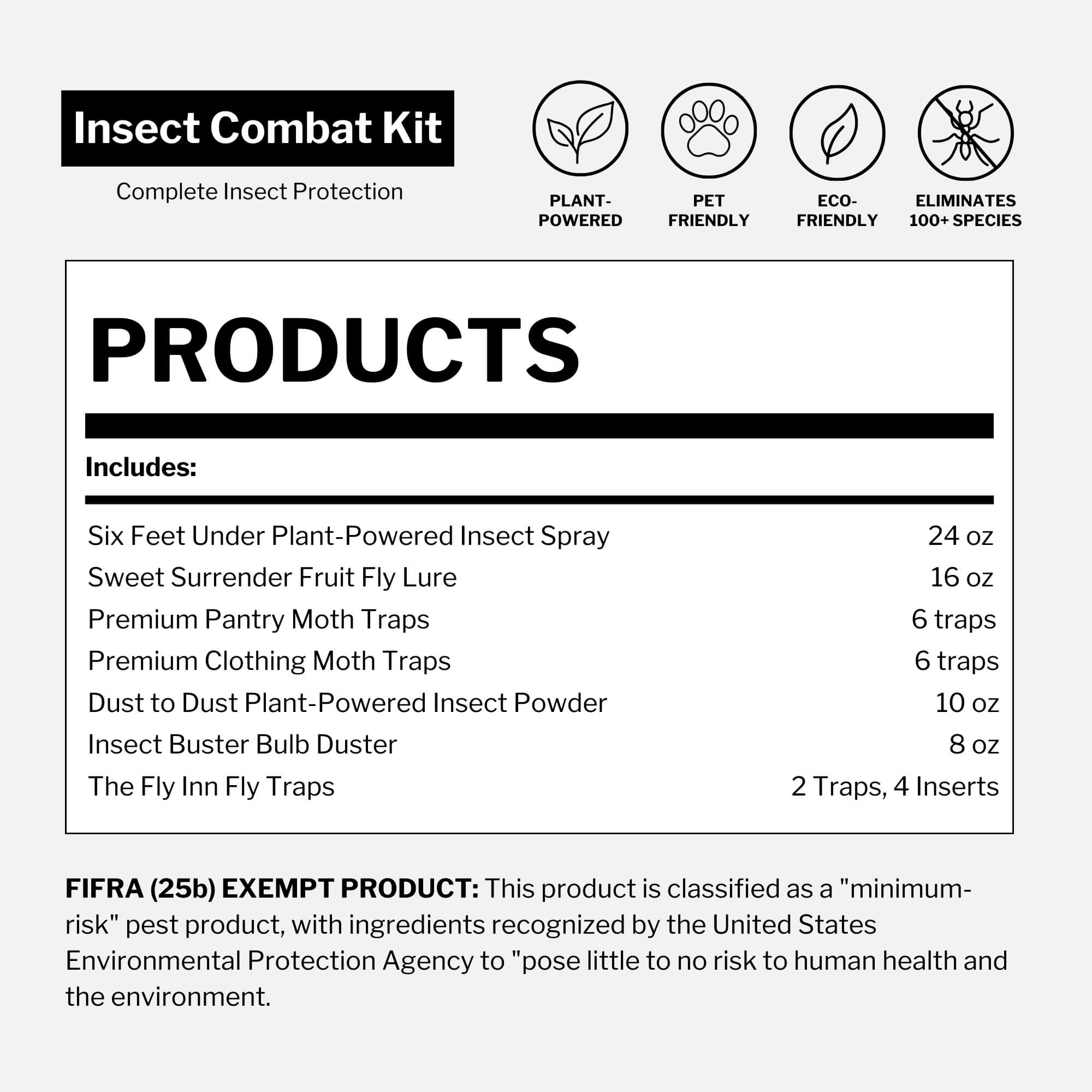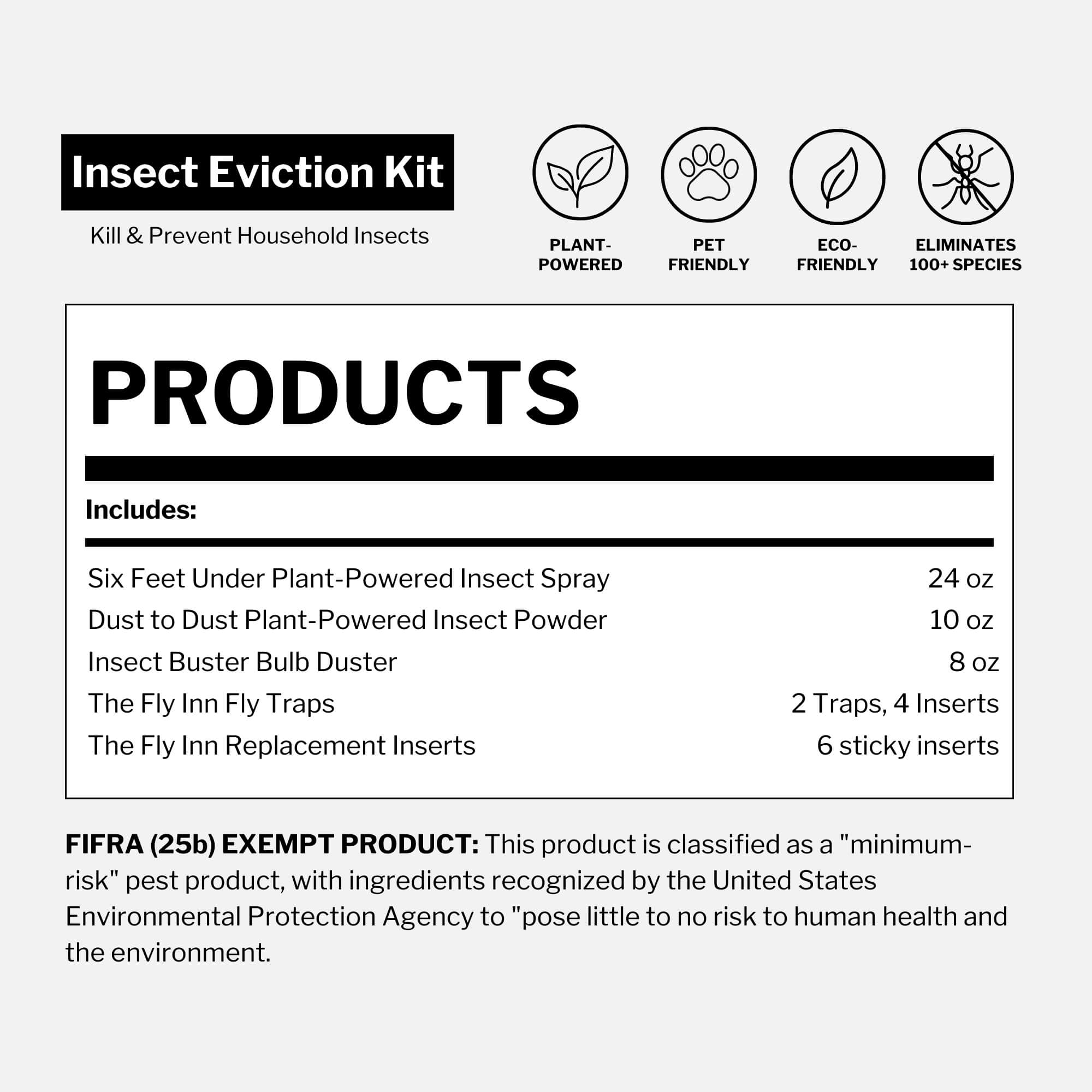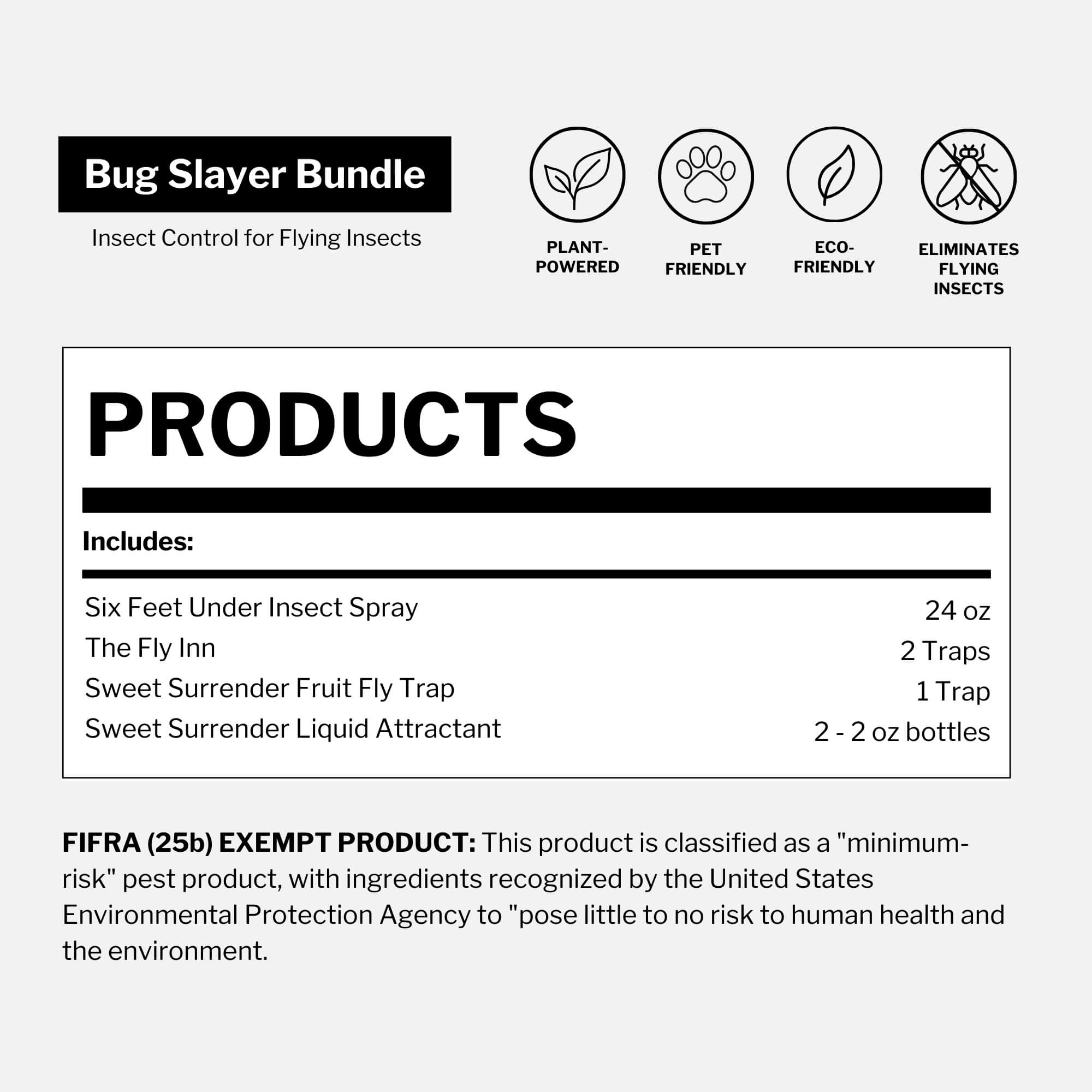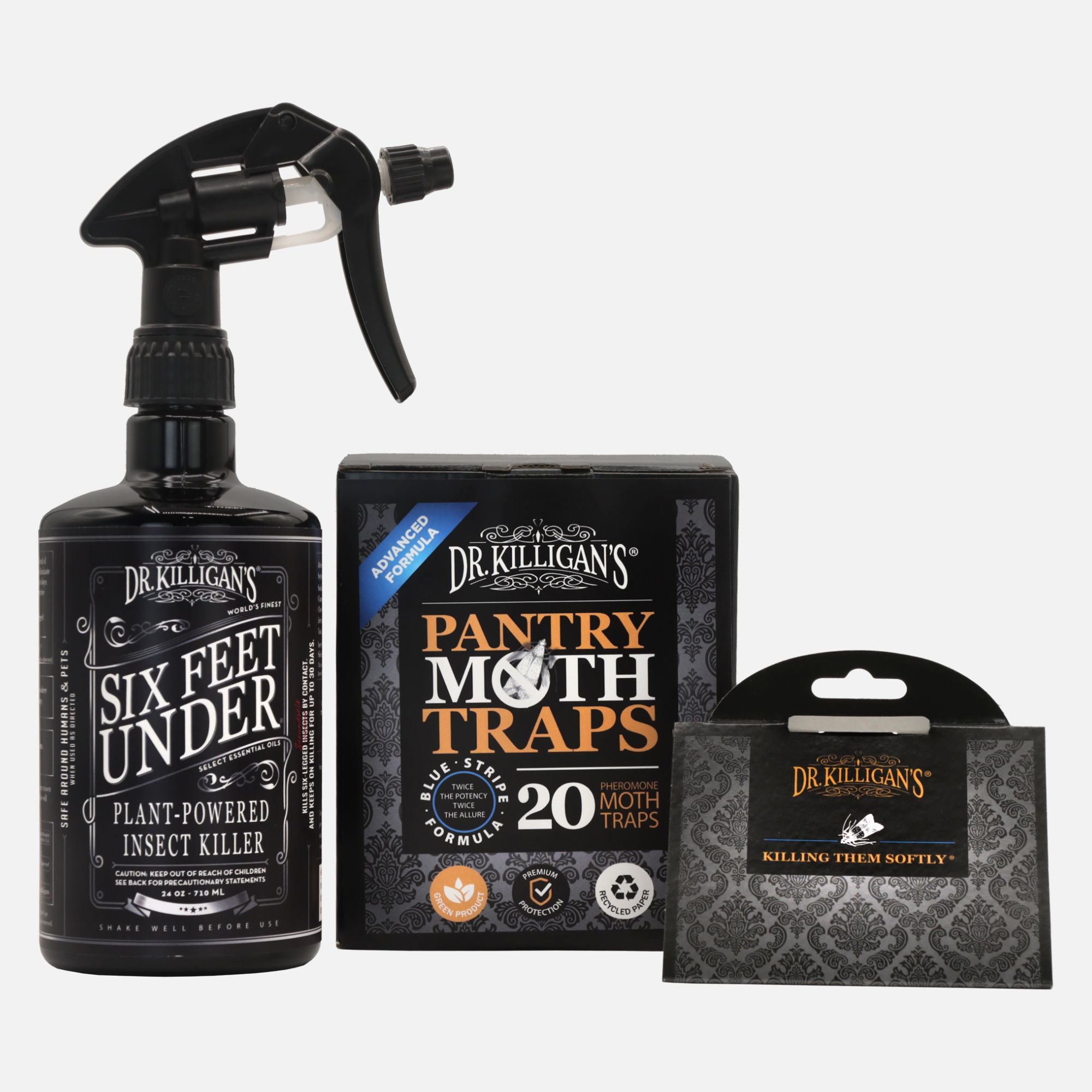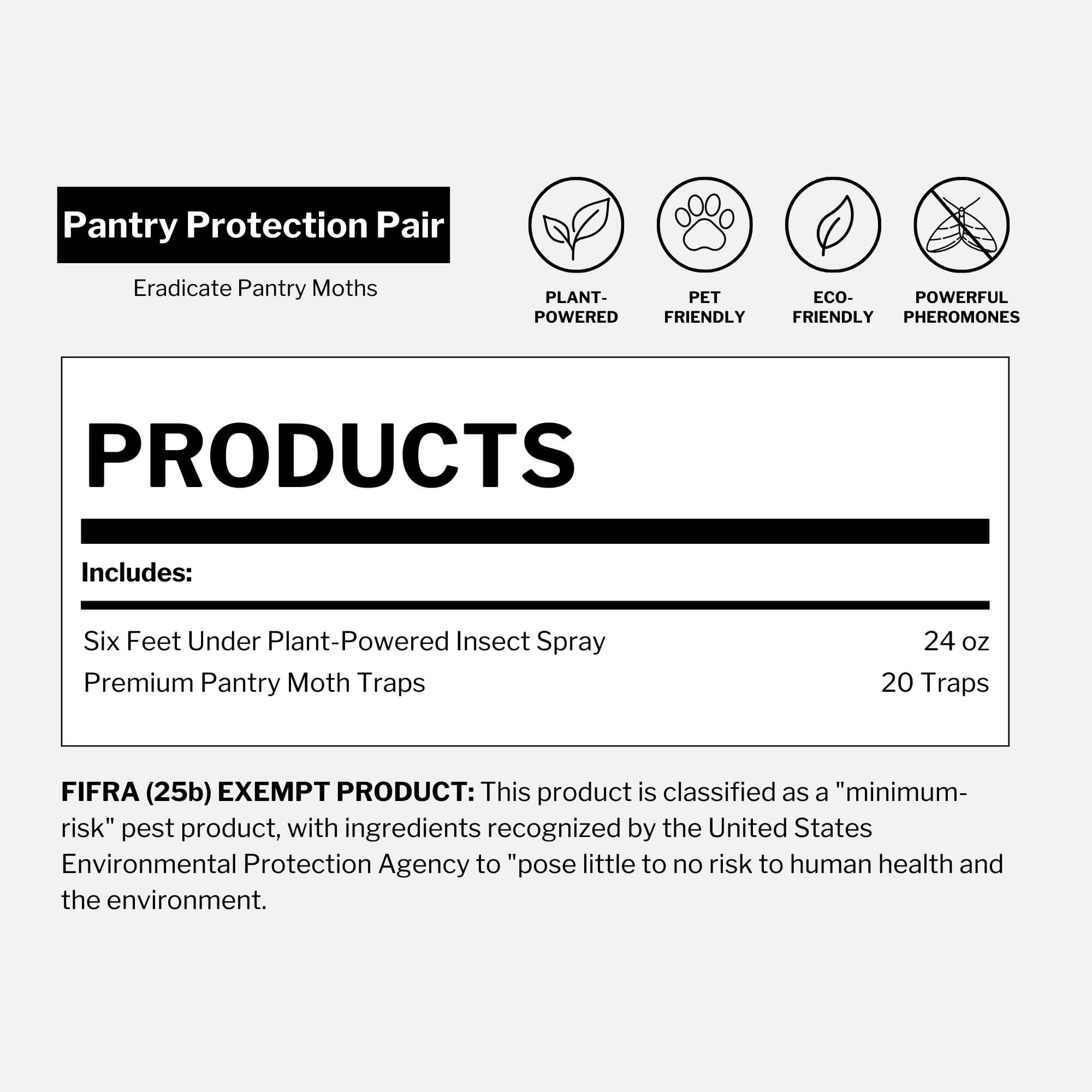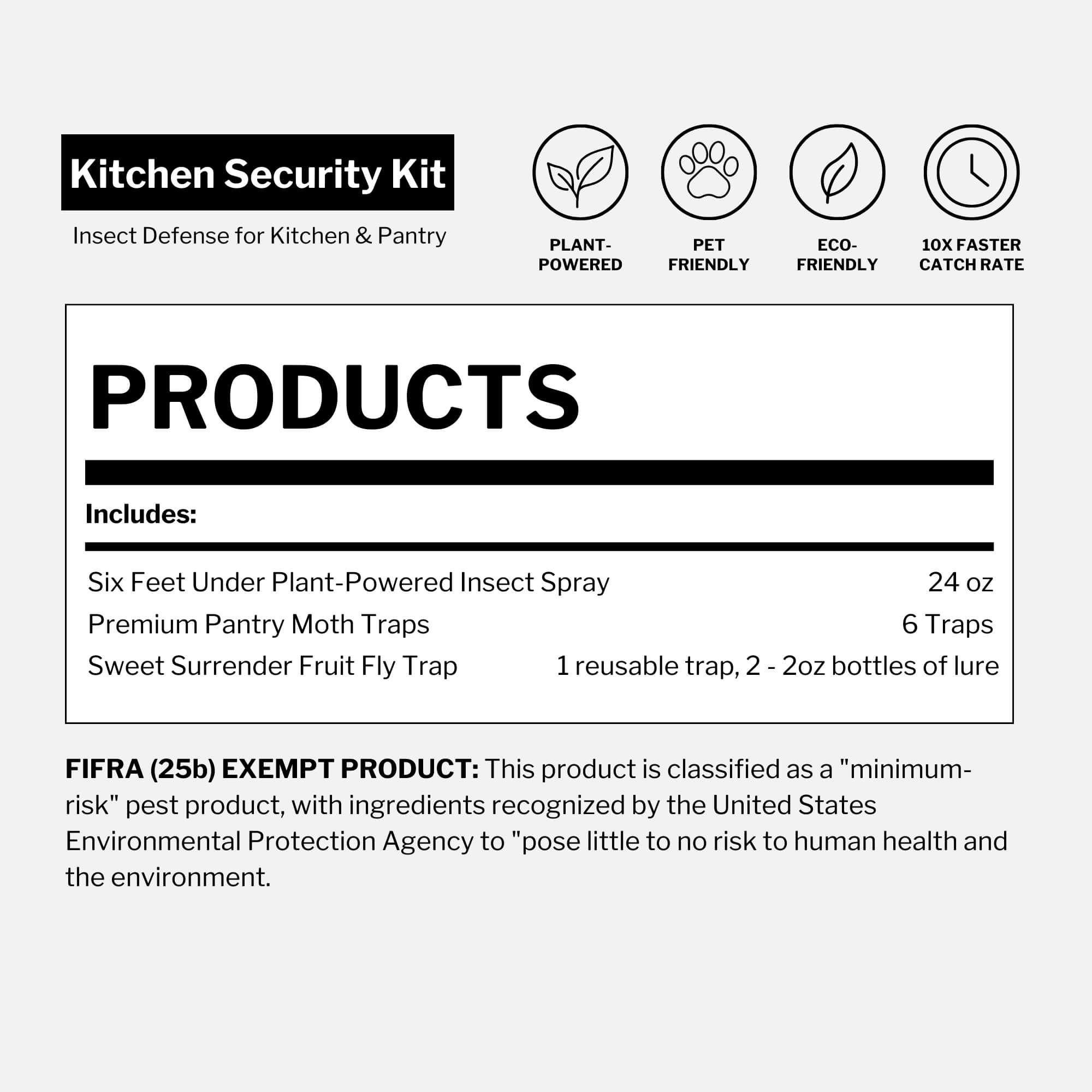Updated on October 3, 2025
Spotted lanternflies are more than just a colorful nuisance—they’re a fast-spreading, tree-killing threat. These invasive insects pierce plant bark and drain sap, leaving a trail of weakened trees, sticky honeydew and black mold in their wake.
If you’ve spotted one in your yard, you’re not alone—and you’re right to act fast.
>>> Eliminate spotted lanternflies with the world's most effective eco-insecticide
In this guide, you’ll learn how to:
- Kill lanternflies on contact using safe, plant-powered solutions
- Disrupt their life cycle to prevent future infestations
- Protect your home, trees and vehicles from further spread
But first, what exactly is a spotted lanternfly—and how did it get here?
What is a spotted lanternfly (Lycorma delicatula)?

The spotted lanternfly (Lycorma delicatula) might resemble a butterfly or moth at first glance, but it's actually an invasive planthopper—a true bug belonging to the insect order Hemiptera. Like aphids and stink bugs, lanternflies use piercing-sucking mouthparts to extract sap from trees and plants, often leaving a trail of damage behind.
Its body is flattened and elongated, equipped with strong hind legs that make it an agile jumper. And its bright red hindwings—usually hidden—only appear when the insect is startled or preparing to take flight.
What makes this pest stand out is its appearance. With bright red and gray wings covered in black spots, the spotted lanternfly has a striking, almost ornamental look. When resting, it holds its wings slightly raised and spread out, giving it the appearance of a glowing lantern—hence the name.
Source: Cornell CALS – Spotted Lanternfly Biology and Lifecycle
Where did the spotted lanternfly come from?
Originally from parts of Asia—namely China, Vietnam and India—the spotted lanternfly (Lycorma delicatula) has a history of globe-trotting trouble. After making its exotic debut in South Korea in 2004, it managed to sneak into the United States, likely as egg masses clinging to stone or shipping materials. According to Cornell, the invasion likely began around 2012, with its first confirmed sighting in Berks County, Pennsylvania, in 2014.

Since then, this colorful hitchhiker has taken the East Coast by storm—and it’s not slowing down. With warm summers, mild winters and plenty of its favorite host—the invasive Tree of Heaven (Ailanthus altissima)—much of the U.S. offers the ideal conditions for it to thrive. And thrive it has.
With no strong natural predators in North America, lanternfly populations can explode—posing serious risks to more than 70 plant species, including grapevines, black walnut, maples and valuable orchard crops.
Sources: Penn State Extension – Spotted Lanternfly; Biological Invasions Article – Biology and Management of Spotted Lanternfly
What is the timeline for spotted lanternfly sightings?
Based on data from the Cornell CALS Distribution Map, here’s how the invasion unfolded:

- 2014: First U.S. infestation found in Berks County, Pennsylvania in 2014.
- 2017: A dead adult lanternfly was found in Delaware County, New York.
- 2018: Adult insects and egg masses discovered in Albany, Brooklyn (Kings), Chemung, Monroe, Suffolk, Westchester and Yates Counties—no established populations.
- 2020: Staten Island and Ithaca, NY report confirmed populations.
- 2021: Populations intensify across NYC, Long Island and the Hudson Valley. First infestations appear in Massachusetts and Indiana.
As of mid-2025, the spotted lanternfly has been detected in at least 19 U.S. states, including New York, New Jersey, Pennsylvania, Virginia, Delaware, Ohio, Michigan, Indiana, Maryland and Massachusetts. Many of these states have issued quarantine zones and are actively working to contain the spread.
Sources: Cornell CALS – Spotted Lanternfly Distribution Map; USDA – Animal and Plant Health Inspection Service (USDA APHIS)
Why are spotted lanternflies invasive?
The spotted lanternfly’s rapid spread and serious impact on plants have earned it the title of a major invasive pest in the United States. When an insect shows up in a new place—usually because of human activity—and spreads quickly while causing harm to local ecosystems, agriculture or even human health, it earns the “invasive” label.
So, what makes the spotted lanternfly such a troublemaker? Here are three reasons:
1. Sap-sucking damage
The spotted lanternfly pierces the bark of a plant and sucks out its nourishing, life-giving sap. This damages the plant's vascular system, leading to wilted leaves, stunted growth and lower fruit yields.

2. Sticky sweet mess (honeydew)
Honeydew accumulates on plant surfaces and is highly attractive for ants, wasps, fruit flies and other sugar-loving insects. This attracts more nuisances around your trees, compounding the damage to your home landscape.
3. Mold magnet
That honeydew promotes the growth of sooty mold, a black fungus that coats leaves and blocks sunlight. This mold further weakens plants, making it harder for them to survive and grow strong.
Note: Some gardeners use clove oil products on plant surfaces for mold control. Follow local guidance and product directions.

Source: Cornell CALS – Spotted Lanternfly Damage
What plants are damaged by spotted lanternflies?
Spotted lanternflies feed on the sap of many different plants. Their wide host range includes crops and native trees, leading to economic and environmental damage.
Tree of Heaven

This invasive tree is a favorite feeding ground for spotted lanternflies. These pests often cluster on these trees, drawing nutrients directly from the sap.
Fruit trees
Spotted lanternflies can severely impact fruit trees such as apple, peach, cherry and plum trees. Infestations reduce fruit yield, stunt growth and cause stress symptoms that threaten orchard health.
Hardwood trees
Hardwood species like oak, maple and walnut also suffer from spotted lanternfly feeding. In particular, oaks and black walnut trees—important for timber and ecosystems—can weaken and become more prone to disease.
Grapevines
Research, including a study published by MDPI, highlights the serious damage spotted lanternflies inflict on grape vineyards, affecting both fruit quality and overall production.
Sources: MSU Extension – A Tale of Two Invaders: Tree of Heaven and Spotted Lanternfly; MDPI – Impact of Spotted Lanternflies on Grapevines
How do I get rid of spotted lanternflies?
They’re frustrating, but you can get control with a simple plan that kills on contact, disrupts the life cycle and prevents spread.
Use integrated pest management: destroy spotted lanternfly eggs, trap safely, knock down active insects on contact, prevent spread and reduce host plants. Follow USDA and your state agriculture guidance for local rules. If you find one outside known areas, report it to your state agriculture department.
- Destroy eggs (fall to early spring): Scrape egg masses into a bag or jar with rubbing alcohol or hand sanitizer, then seal and dispose. Check trunks, fence posts, vehicles, grills and stacked materials. Egg masses look like gray putty or dried mud.
- Trap safely (spring to summer): Skip exposed sticky bands that can harm birds. Fit a circle trap or net-style trunk trap so nymphs funnel upward into a collection chamber. Inspect and empty the trap regularly.
- Kill on contact when you see them: Crush by hand or knock into soapy water. For any spray use, follow label directions exactly and apply only where you can spray safely.
- Stop hitchhikers: Do quick checks before you move vehicles, trailers or gear.
For further insight, see Penn State Extension’s spotted lanternfly FAQ.
Prevent spread: Check vehicles, gear and wood
Since spotted lanternflies hitchhike on outdoor gear and vehicles, inspect vehicles, trailers, yard tools, firewood and outdoor furniture for nymphs, adults and egg masses before you move them. Park away from infested trees and keep windows closed.
Reduce habitat: Remove tree-of-heaven (Ailanthus)
Removing the invasive tree-of-heaven reduces a preferred host. Follow local guidance for safe removal and disposal to prevent resprouting.
Encourage natural predators
Birds such as woodpeckers, blue jays and sparrows, plus predators like orb-weaver spiders, crab spiders, praying mantises and assassin bugs, can help reduce local numbers.
A quick note from Dr. Killigan's
Prefer plant-powered pest control? Explore Dr. Killigan’s tools designed to reduce bugs without harsh chemistry—safe when used as directed.





